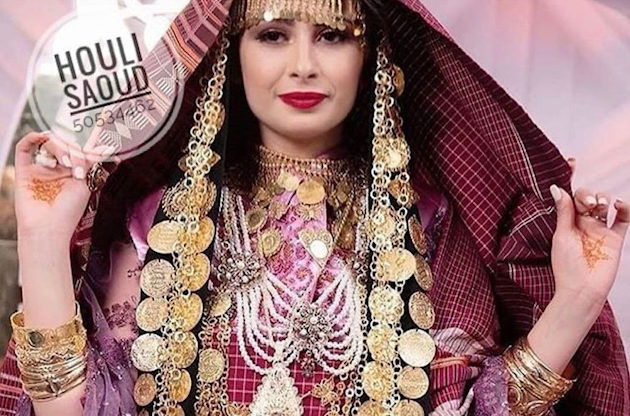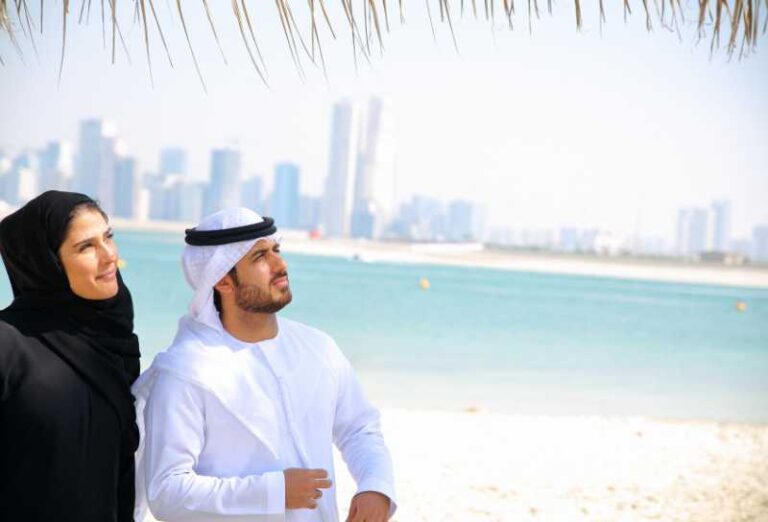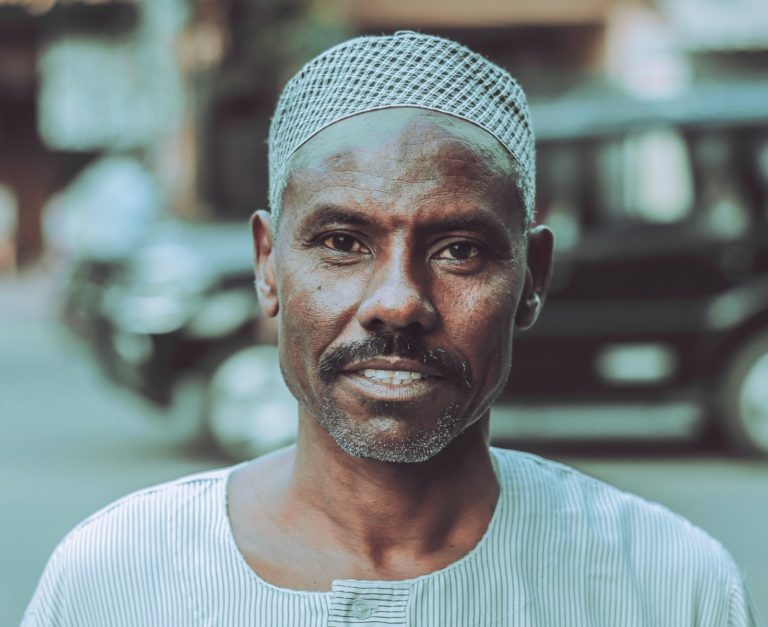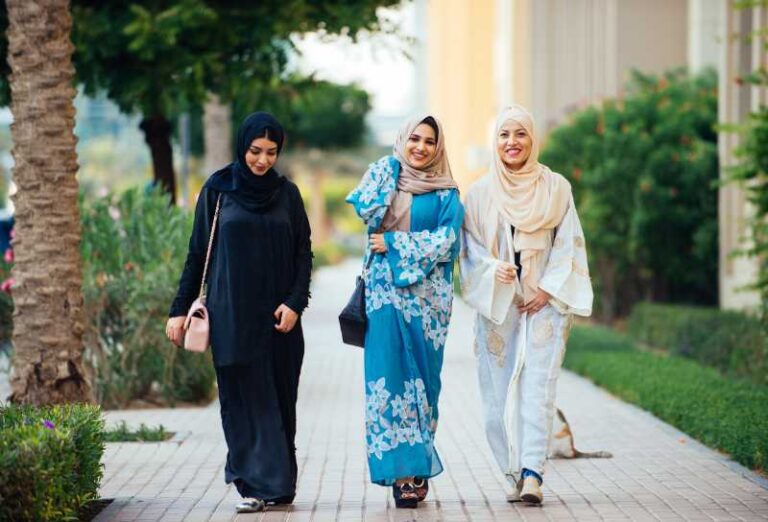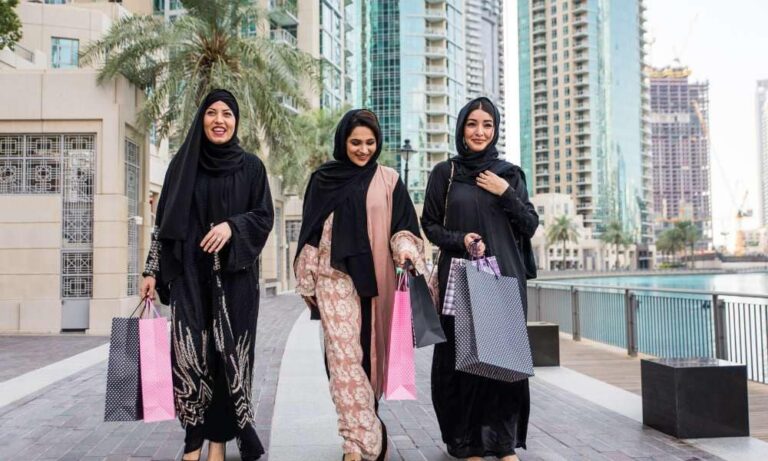Bahrain: Traditional Clothing, Culture, and People
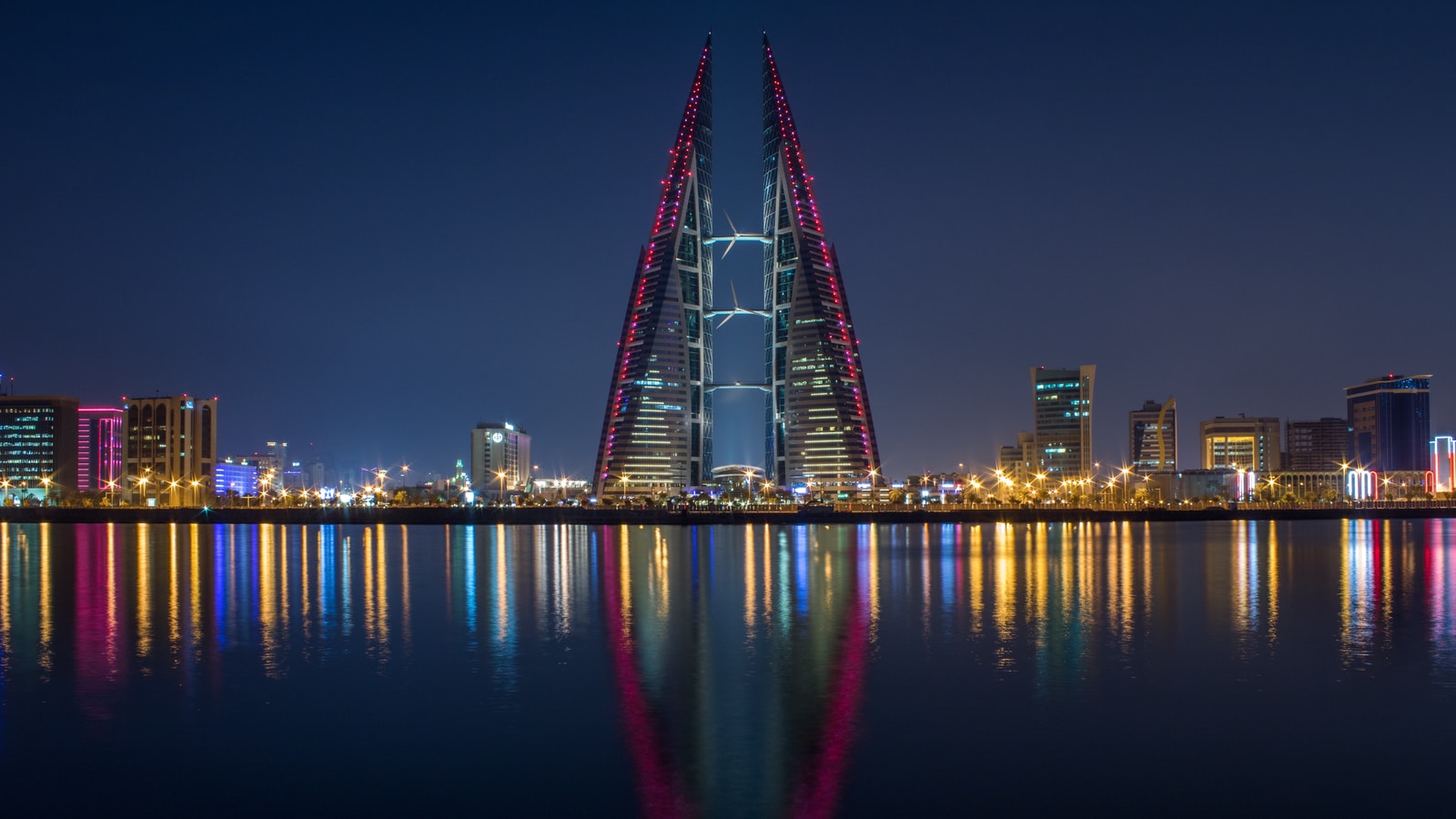
Bahrain, a Gulf country, boasts a rich heritage of traditional clothing and culture that reflects its Islamic roots and influences from neighboring Gulf nations.
This article explores the traditional attire of both men and women, delves into the cultural aspects, and highlights the cultural diversity present in Bahrain.
Some links below may be be affiliate links. As an Amazon Associate I earn from qualifying purchases.
Table of Contents
Traditional Clothing
The traditional clothing worn by men and women in Bahrain is similar to that worn in other Gulf countries and follows the Arabic style.
In accordance with religious beliefs and cultural norms, men typically wear modest clothing, while women may wear dresses that are considered attractive.
There are some differences in the traditional dress worn in Bahrain and other countries in the Gulf region, such as the Kingdom of Saudi Arabia.
Personal style and cultural traditions may also influence the clothing that is worn in Bahrain.
Men’s Traditional Clothing
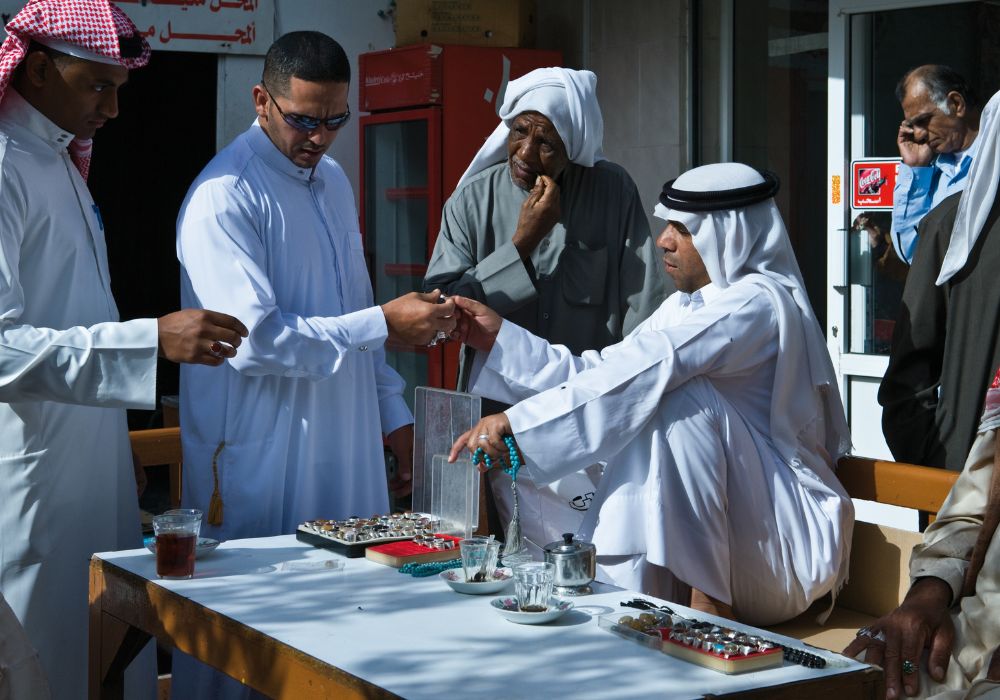
Thobe
In Bahrain, the traditional garment worn by men is a long, white (sometimes beige) robe called a “thobe.”
The thobe is loose-fitting and has sewn sleeves, and the upper part of the garment covers the whole body.
In the winter, the thobe may be made of wool and be a darker color, while in the summer it is usually made of cotton.
The thobe is typically worn with an additional inner liner cloth or undergarments such as pants and a small shirt.
Bisht
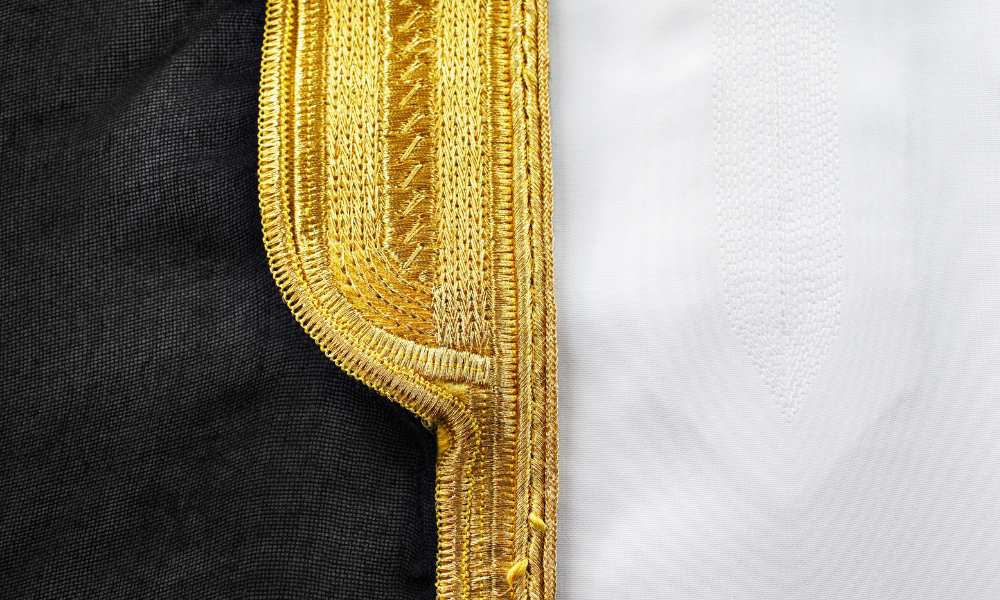
In Bahrain, some events and festivals may require the wearing of additional adornments in addition to the thobe.
One such adornment is the black cloak called a “bisht,” which is worn over the thobe.
The bisht may be decorated with patches or embroidered with gold at its edges.
Keffiyeh

In Bahrain, a traditional headpiece is worn by some men and consists of three items
- Keffiyeh: a knit skull-cap
- Ghutra: a large red and white checkered cotton headscarf
- Agal: a black cord that holds the ghutra in place
This headpiece is a common part of traditional dress in Bahrain and is worn by some men as a sign of cultural identity and pride.
Women’s Traditional Clothing
Abaya with Hijab
In Bahrain, the traditional dress worn by women is called an “abaya,” which is a long, loose garment that covers the body from head to toe.
The abaya is typically made of lightweight, flowy fabric and is worn over the top of everyday clothing. It is usually paired with a separate head covering called a “hijab” or “niqab,” which is a piece of cloth that covers the head and neck.
While many women in Bahrain choose to wear the abaya and hijab as a sign of modesty and piety, others may prefer more modern or fashionable styles.
The choice of clothing and head covering is a personal decision that is influenced by cultural and religious beliefs, as well as individual preferences.
Variation in Use of Hijab
Another variation in the traditional dress is that some females cover their head and neck by the scarf (hijab), whereas some cover their face as well leaving eyes uncovered as per Islamic traditions.
Curious about adding abayas to your closet? Take a look at these choices!
Jalabiya‘
Jalabiya’ is another type of traditional red embroidered dress usually worn by young and unmarried females at festivals.
Golden patchwork and head jewelry are also used along with Jalabiya.
Culture of Bahrain
Bahrain’s culture is deeply rooted in Islamic heritage, shared with neighboring Gulf nations.
The country is known for its tolerance and respect for other religions, exemplified by the presence of churches, temples, and synagogues.
Traditional Arab Islamic architecture is evident in old mosques, community areas, and suburban regions.
Traces of Old Traditional Activities
While modern trends have influenced the younger generation, old cultural activities such as falconry, riding, poetry, and archery persist as hobbies and events.
Rural areas continue to showcase traditional dressing styles, festival celebrations, and ceremonies.
Arts and Music
Cultural Arts include recitation of the Quran, ceremonial dance style typical to this region, flat drum beating and oud playing, poetry, and storytelling.
Although these cultural symbols are receding over time, however, a tinge of them is still seen and heard. Culturally, Bahrain has traditional music which is loved to this day.
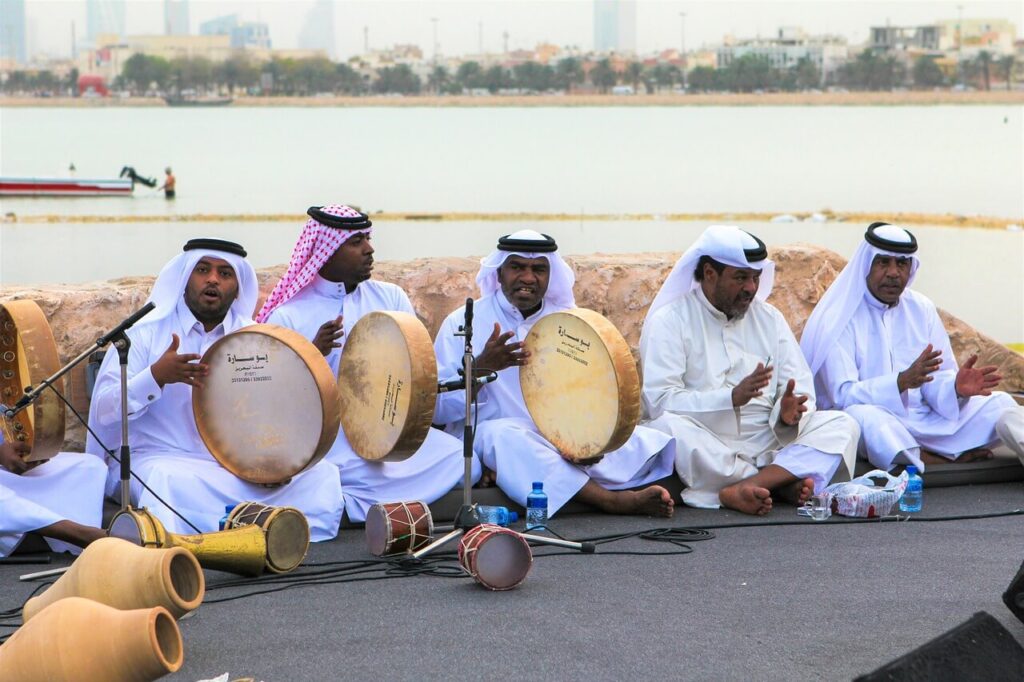
- Khaleeji: a type of Persian folk music characterized by its use of the oud and other traditional instruments
- Fidjeri: a type of pearl diver’s folk song accompanied by percussion instruments such as the daf and mazhar
- Liwa: a traditional music and dance style popular among people of African descent, featuring complex rhythms and intricate footwork
These are just a few examples of the diverse cultural traditions that exist in Bahrain, and they are an important part of the country’s cultural heritage.
Traditional Dexterities
Pearling and the design of jewelry have long been a part of the cultural traditions of Bahrain.
These traditions are still evident in the modern, sophisticated, and ornamental jewelry designs that are popular in the country.
The influx of a large number of expatriates over the years has gradually evolved the culture of Bahrain, resulting in a mix of old traditional sights and modern looks.
This can be seen in the diverse cultural influences that are present in the country and the way in which traditional and modern elements coexist..
People and Demography
Bahrain is known for its diverse population, with over 1.7 million people speaking a variety of languages.
The majority of the population is Muslim, while the remaining people follow other religions.
Most native Bahrainis are Muslim, while the non-Muslim population is largely made up of expatriates.
While cultural differences may affect the integration of expatriates into Bahraini society and social relationships, it is important to note that individual experiences and interactions can vary significantly.
Bahrain has a high literacy rate, largely due to the availability of free education in the country.
Communities and Languages
- Native population: Afro-Arabs, Ajam of Bahrain, Bahrana, Banyan, Bahraini Jews, Hola, Tribal community
- Languages spoken: Arabic (official language), English, Persian, Kurdish, Malayalam, Urdu, Balochi, Hindi, Sinhalese, Punjabi
This list reflects the diverse cultural heritage of Bahrain and the presence of a large expatriate population in the country.
Population
The Muslim population of Bahrain belongs to Shia (55 %) and Sunni (45 %) factions of Islam.
Over 52 % of the population constitutes non-nationals, mostly from South and South East Asia.
Males constitute 62% of the population and the remaining 38 % of the population constitute females. 56.14 % of the population is aged between 25 – 54 years.
Urbancentric Population
In Bahrain, a large percentage of the population lives in urban settlements, with many people residing in the capital city of Manama and the city of Muharraq.
As one of the wealthiest countries in the Gulf region, Bahrain has a diverse economy that offers a range of employment opportunities for both Bahraini nationals and expatriates.
While many Bahraini nationals hold important positions in the business and professional sectors, expatriates may work in a variety of industries and occupations, including both high-skilled and low-skilled positions.
The wages and employment prospects for expatriates in Bahrain can vary depending on their qualifications, skills, and experience.



